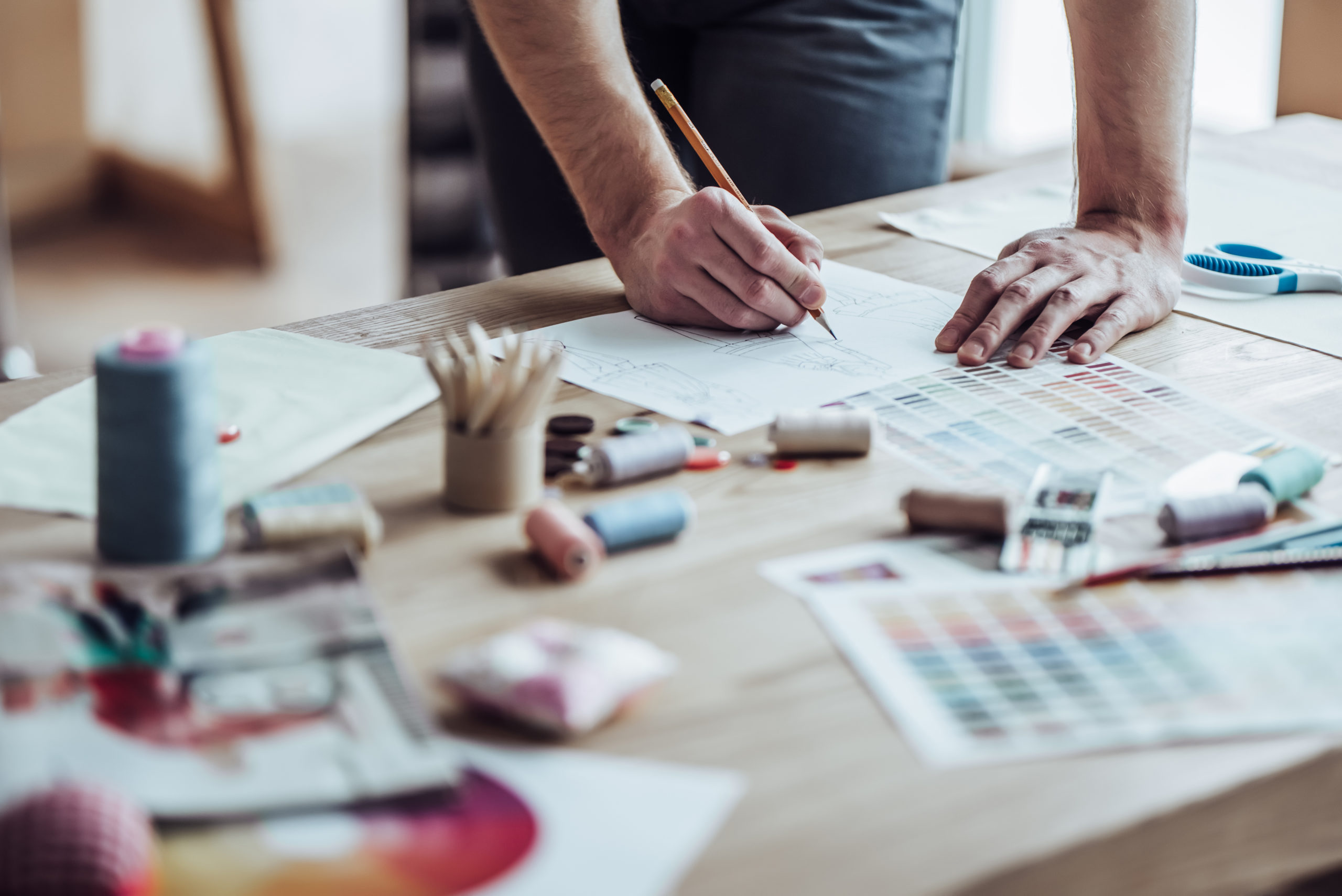If you are reading this, you likely have a specific project in mind and are researching to find the best way to get started. Well, today you are in luck! This article is going to outline the critical initial steps required to launch your project into full development and production.
Our team at Jupiter Design has been doing product design and prototype development for decades, which is why we are one of the best prototype companies in the United States. You likely have already seen or purchased our products in the major retail stores. This article will draw on some of our approach and experience as a soft goods designer and our experience making other custom product cases to help you get the most bang for your product development buck.
Here’s how to get started with soft goods prototyping:
From our experience, the prototype and product development projects that go the fastest and are the most successful are the ones that can clearly articulate answers to the following questions. We invite you to answer these questions as thoroughly as possible before spending too much time on soft goods prototyping with your soft goods designer.
1. Who is the target customer for this product?
One of the most critical but basic questions that you need to answer before prototype development is what your customer looks like and how you will be solving your customer’s demands. The best way to do this is to open your dry erase marker or a fresh Word document and start writing everything you know (and, perhaps, what you don’t know but should know) about your ideal customer. In particular, you need to articulate the customer’s psychology behind why they want or would buy the product, how they will use the product, what they are expecting, what features are “must-haves” in the product, and how the customer will identify and relate to your brand on the product.
2. What material properties or extra features are required?
This question expands on your answer to question #1. Notice that the question doesn’t ask “what materials are required”. Instead, it’s important to identify “what material properties are required”. An experienced soft goods designer and manufacturer will likely have more options and new technologies to solve your requirements than you are contemplating currently. Getting down to the basic requirements of the product will help you keep an open mind to new or better ways to solve the customer’s problem. We have developed countless products where the end material or design ended up being different than originally contemplated. Sometimes this is because there is a need for cost savings but other times it is because there is simply a cooler material or design to solve the problem. These refinements often lead to happier customers and better sales.
3. How many will you need?
Your answer to this question has ramifications across all areas of your product development and prototype development process. Something to consider when answering this question is how comfortable you are with the tradeoffs between manufacturing a few hundred vs. manufacturing several thousand (or tens/hundreds of thousands) of your product? Many materials, manufacturing processes, and designs simply are either not economical at low quantities or are virtually impossible to make at low quantities because of the complexity of setting up the process to manufacture (causing the manufacturer to not be willing to do it). It is almost always possible to get a small number of prototypes of your product but in order to make your product economically, it takes volume. If you only ever will need a few hundred, you will likely need to source your product from a local sewing company and each one will be relatively expensive and will likely need to be relatively simple with locally available materials. However, if you make a large number, your per unit cost will generally be low because you can take advantage of economies of scale with a large manufacturer.
4. What similar products are being or have been sold in the market?
Make a collection of samples and images. Doing this is helpful for you as the brand/product manager to know your competition and will also substantially speed up the process with your soft goods designer. The best tools for doing this are usually Google, Amazon, Pinterest, and specific company pages.
5. Do you have a designer and manufacturer that has proven experience with your product type to make sure it gets done correctly the first time and is scalable?
We have had loads of clients first come to us because they have run into a wall with their current designer or manufacturer. Usually, this is because the designer or manufacturer simply does not have the appropriate experience and manufacturing relationships to deliver what was promised. The sad part is that it often entails a restart of the product development and prototype development process so it is done correctly and can be carried through to full production. This problem is completely avoidable, which is why we urge you to find a group that will do the job right the first time. Jupiter Design is one of those groups.

Whether you are needing custom product cases, soft goods prototyping, or full concept-to-production product development to get you to the next step, we hope you will carefully consider the questions outlined above. Your great results are directly impacted by your careful research and planning so do not disregard these steps as you progress toward your production goals. If you would like some help brainstorming or want to pick the brain of a world-class soft goods designer, please give us a call or send us a message. We are happy to do a free initial consultation to help you get started on the path to product development success!

